Kim Koo Museum & Library (백범김구기념관)
3.0Km 2022-08-30
26, Imjeong-ro, Yongsan-gu, Seoul
+82-2-799-3400
Kim Koo Museum & Library was built in Yongsan-gu, Seoul to commemorate Baekbeom Kim Koo (1876-1949), a highly respected Korean independence activist. It opened on October 22, 2002 to commemorate Kim Koo's efforts and achievements in Korean history. The main hall is comprised of two floors, exhibiting relics related to his entire life. A statue of a seated Kim Koo is situated in the central space of the first hall.
The Street in front of Cheongwadae (The Blue House) (청와대 앞길)
3.0Km 2020-03-21
Gungjeong-dong, Jongno-gu, Seoul
+82-2-120
The street in front of Cheongwadae (the Blue House) is open to the public and includes both Hyoja Samgeori (Hyoja three-way intersection) in Hyoja-dong and Palpan Samgeori (Palpan three-way inetersection) in Palpan-dong. When walking along Hyoja-ro Road from Gyeongbokgung Station, sights include a fountain, Mugunghwa Garden, Yeonmugwan Hall, and Daegogak & Yeongbingwan Hall.
Cheongwadae Sarangchae consists of one basement level and two above-ground levels, including Korean Culture Exhibition Hall, Planned Exhibition Hall, a gift shop, and rest area (Korean Food Promotion Hall, Café) on the first floor and Cheongwadae Hall and Haengboknuri Hall on the second floor. Daegogak Hall houses a book donated to former president, Kim Young-sam for expressing the past spirit of Sinmungo (Petitioner's drum from Korean History). Yeonmugwan Hall is a martial art and fitness center for guards. Mugunghwa Dongsan, formed after the ansa (Safe House) was demolished in 1993, includes a well, mock fortress, and rest area. Located behind Mugunghwa Dongsan is Apostolic Nunciature in Korea and Chilgung (Seven Palaces).
At the beginning of the street in front of Cheongwadae, dense trees and beautiful flower gardens decorating both sides of the road make it a nice place for taking a walk. The area from the north gate of Gyeongbokgung Palace, Chunchumun, to the main gate of Gyeongbokgung Palace, Geonchunmun, is Samcheongdong-gil Road. This road is home to many art galleries, including Kukje Gallery, Growrich Gallery, Gallery Hyundai, and Jin Art gallery, in the area of Hyoja-ro.
Cheong Wa Dae (Blue House) (청와대)
3.0Km 2024-10-30
1, Cheongwadae-ro, Jongno-gu, Seoul
+82-2-1330
The signature markings of the Presidential Residence of Cheong Wa Dae are its blue tiles on the Main Office; it is the first thing to catch one's attention upon viewing the premises. Approximately 150 thousand tiles compose the roof of the Main Office. Each tile was baked individually to make them strong enough to last for hundreds of years. The blue tiles and the smoothly curving roofline blend beautifully with Bugaksan Mountain in the backdrop.
Cheong Wa Dae is comprised of the Main Office, Yeongbingwan (State Guest House), Chunchugwan (Spring and Autumn) Hall, Nokjiwon Garden, Mugunghwa (Rose of Sharon) Hill, and Chilgung Palace. It is interesting to see that all the buildings are unique and beautifully designed, built in the traditional Korean style. Just outside the premises is Cheongwadae Sarangchae, an exhibition hall showing the history of Cheong Wa Dae and the Korean presidency, as well as gifts received by heads of State over the years. The hall is open and free to all visitors.
Cheong Wa Dae Media Display (청와대 국민과 함께 영상전시)
3.0Km 2024-11-28
1 Cheongwadae-ro, Jongno-gu, Seoul
박주원 학예연구사 02-3771-8636
Cheong Wa Dae Media Display brightens the night through a media facade display on Yeongbingwan Hall. The display shows the history of Cheong Wa Dae through the theme "Twelve Lights".
CU - Dongsoong Art Center Branch [Tax Refund Shop] (cu동숭아트점)
3.0Km 2024-06-26
114, Dongsung-gil, Jongno-gu, Seoul
-
ASSITEJ International Summer Festival (아시테지 국제여름축제)
3.0Km 2024-07-09
114 Dongsung-gil, Jongno-gu, Seoul
+82-2-745-5863
ASSITEJ International Summer Festival is Korea's largest performing arts festival aimed at introducing theater to children. Started in 1993, the festival has continued to grow each year, including many performances from overseas groups to delight children and adults alike.
Sangchonjae House (상촌재)
3.1Km 2024-10-21
12-11 , Jahamun-ro 17-gil, Jongno-gu, Seoul
Sangchonjae House, run by the Jongno Cultural Foundation, is a traditional hanok cultural space located in Sejong Village, Ogin-dong, Jongno-gu, and operates various cultural Korean programs such as exhibitions, educational experiences, and events to fully experience Korea's four seasons. The name Sangchonjae was conceived from the old name of Sejong Village, the western part of Gyeongbokgung Palace and the birthplace of King Sejong. The house reflects the lifestyle of an ordinary peasant during the Joseon dynasty. It consists of three buildings: the main building, the guesthouse known as sarangchae, and the annex. There is an experience center indoors offering tea ceremonies and traditional game experiences.
Whale forest (고래의숲)
3.1Km 2021-03-18
136, Dongsung-gil, Jongno-gu, Seoul
+82-70-7543-3313
A restaurant serving Korean-style western dishes. The best menu at this restaurant is house-made pork loin cutlet. This is a Japanese cuisine located in Daehak-ro, Seoul.
PAULIN PANCAKE - Daehakro Branch(폴인팬케이크 대학로)
3.1Km 2021-04-15
136, Dongsung-gil, Jongno-gu, Seoul
+82-2-332-8952
Souffle pancake is a popular dessert in Korea. The best menu at this restaurant is souffle pancakes. This is a cafe located in Daehak-ro, Seoul.
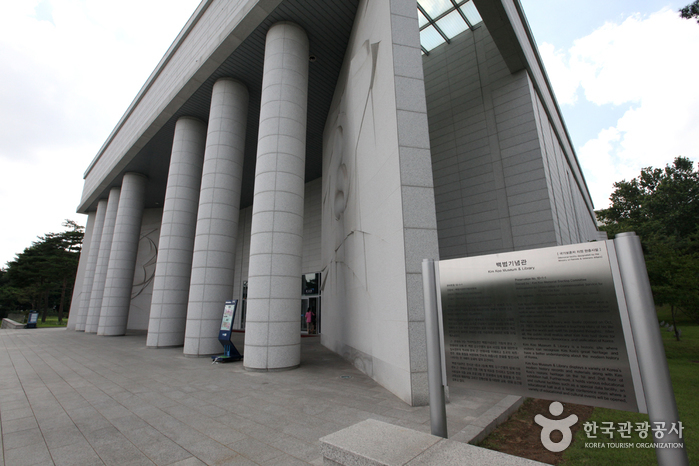
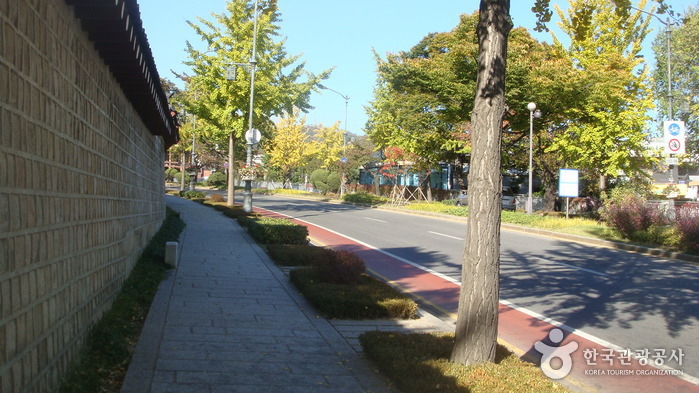
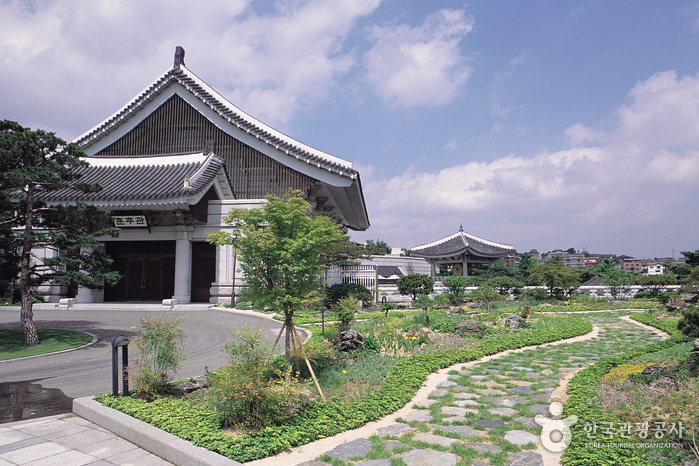
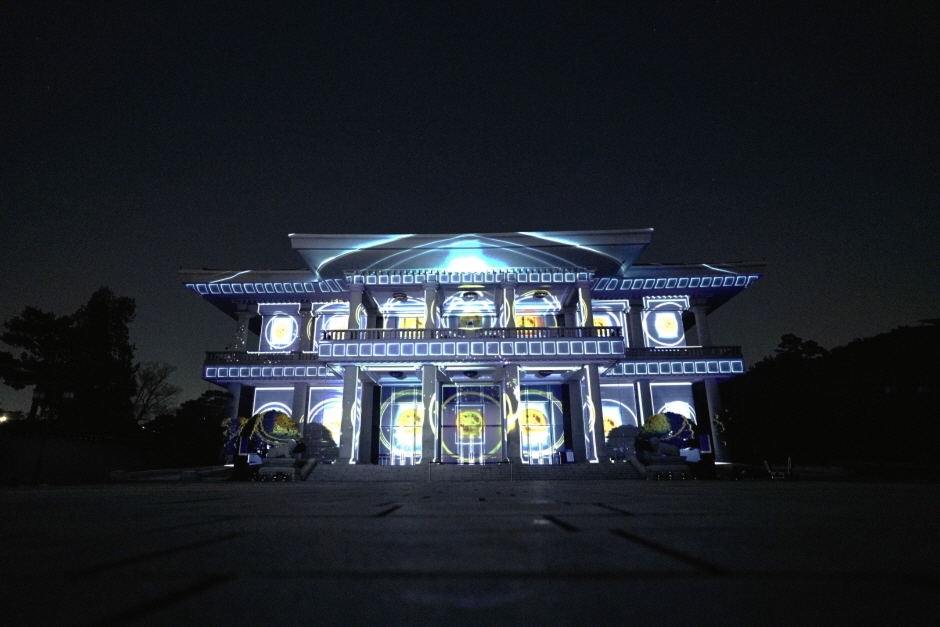

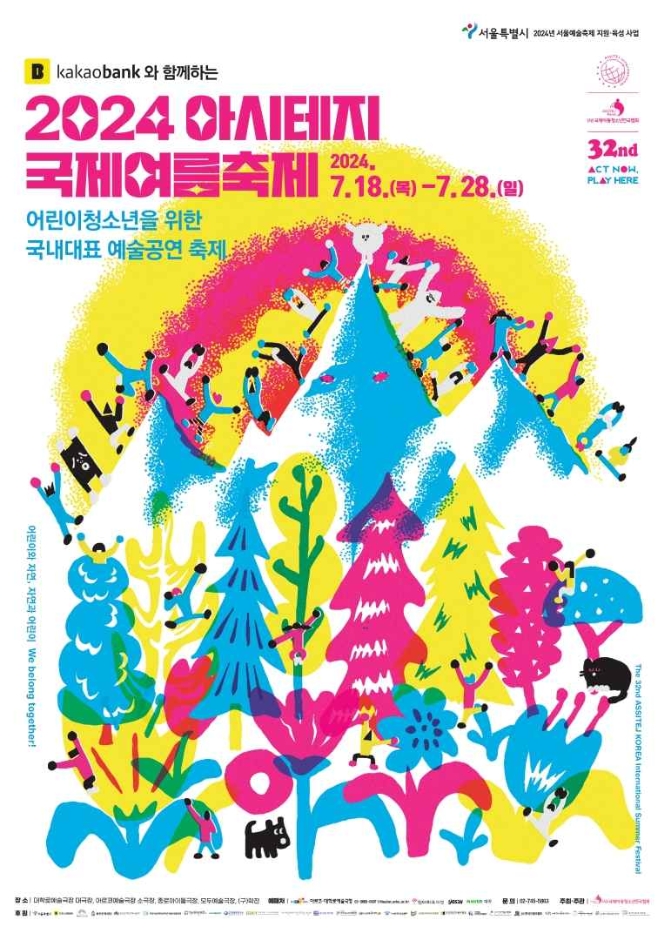
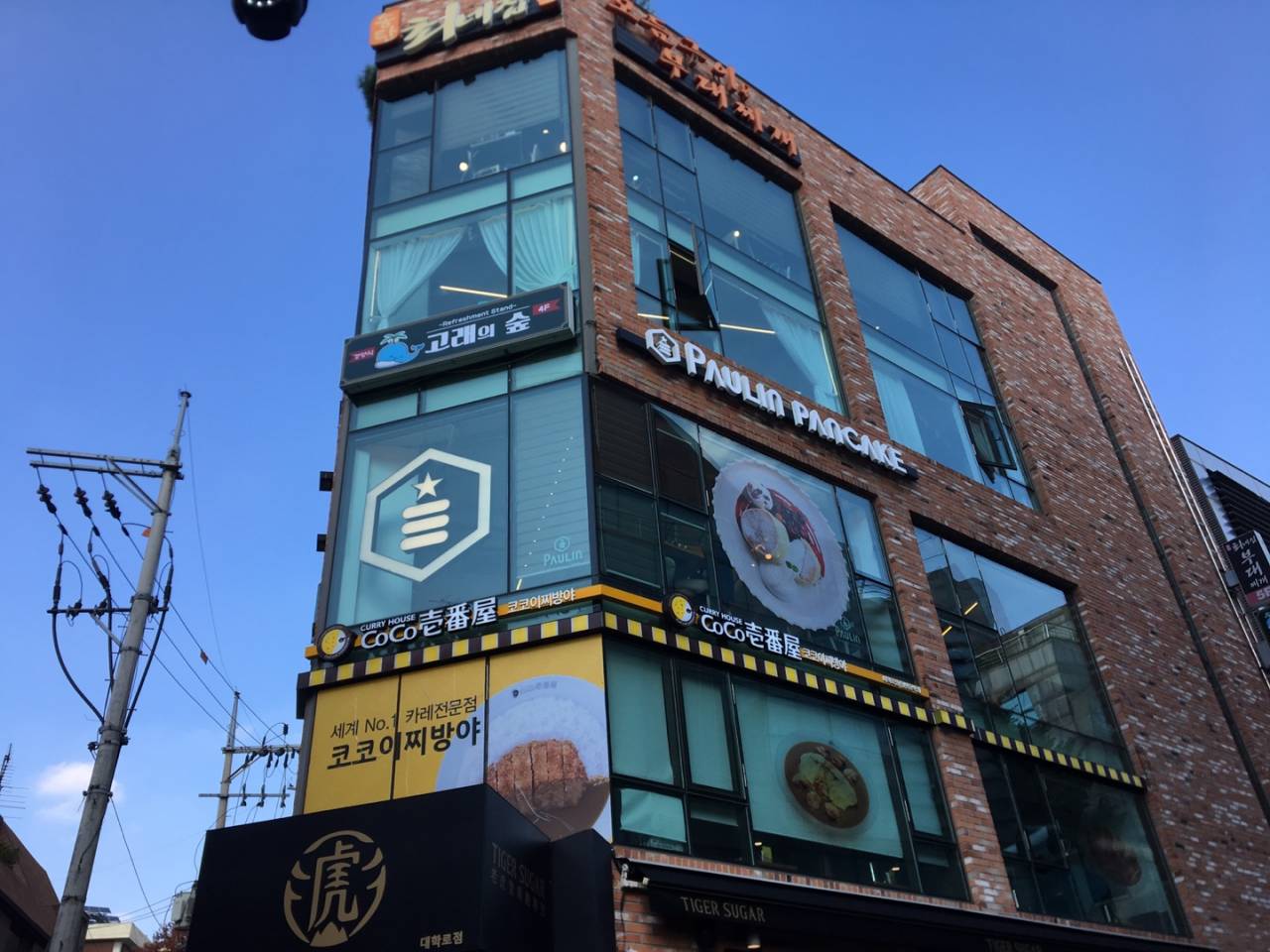
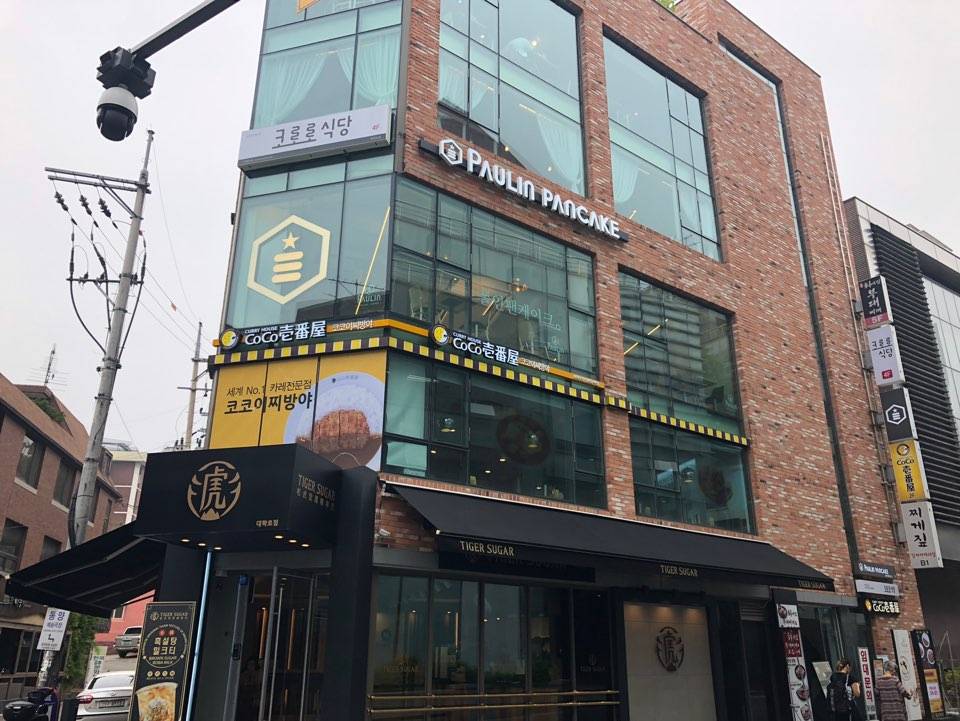
 English
English
 한국어
한국어 日本語
日本語 中文(简体)
中文(简体) Deutsch
Deutsch Français
Français Español
Español Русский
Русский